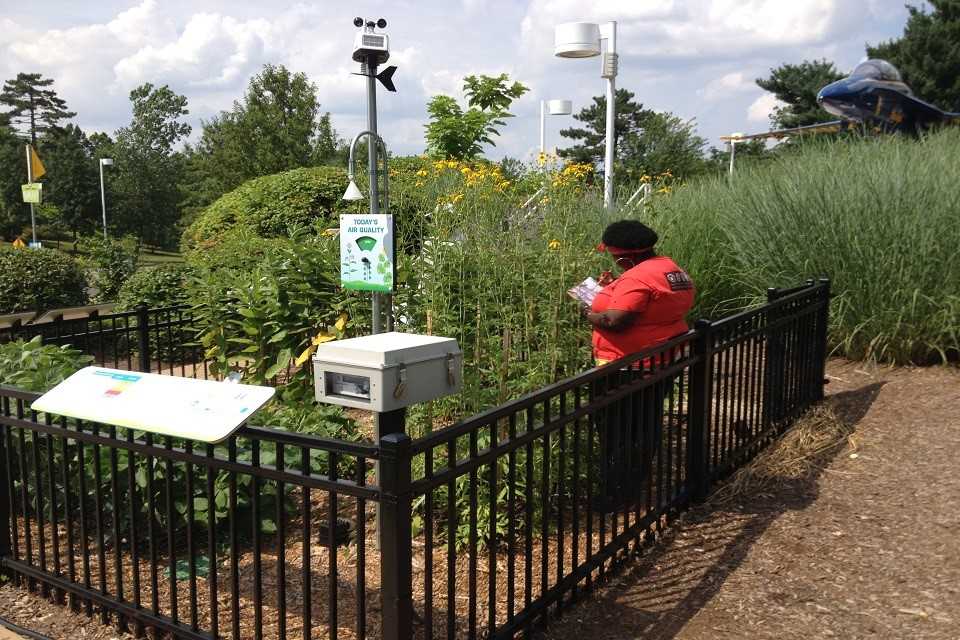SLU Center for Environmental Sciences
Saint Louis University's Center for Environmental Science focuses on public education, outreach, and research on how human activities are changing the Earth's atmosphere and how these atmospheric changes are impacting the biological environment.
The Center focuses on rising tropospheric ozone levels. Due to fossil fuel burning, the amount of background ozone in the air has risen since the beginning of the industrial revolution. While ozone is essential in the stratosphere to protect us from harmful ultraviolet radiation, it is a toxic chemical and, when close to Earth, is harmful to people and plants.
In the Midwestern U.S. and many other parts of the world, background levels of ozone now typically exceed concentrations that are damaging to vegetation on most days during the growing season. This has consequences for natural ecosystems and agriculture.
Jack Fishman, Ph.D., explores the toxic effects of increased ozone levels on plants.
St. Louis Ozone Gardens
The desire to educate the public about rising background ozone levels led SLU's Center for Environmental Sciences to create a network of ozone gardens around the St. Louis metropolitan area.
The plants growing in these living exhibits are all sensitive to ozone air pollution. Their leaves show damage if ozone levels are high. Because these plants monitor the health of their environment, they are called "bioindicator" plants.
SLU staff, students, and volunteers collect data on the amounts of ozone leaf injury throughout the growing season. There is also an ozone (O3) monitor and a weather station at each site recording conditions every 15 minutes.
The center partners with organizations throughout the bi-state area including the Saint Louis Science Center, the Missouri Botanical Garden, NASA AQAST, the United Congregations of the Metro East, the Madison County Green Schools Program, Grant's Farm, and Southwestern Illinois College-Belleville.
Locations
There were recently five ozone gardens throughout the St. Louis area:
- Saint Louis Science Center’s GROW exhibit
- Rock Rd. fire station in Granite City, IL
- Kemper Center for Home Gardening at the Missouri Botanical Garden
- Grant’s Farm
- Southwestern Illinois College, Belleville
